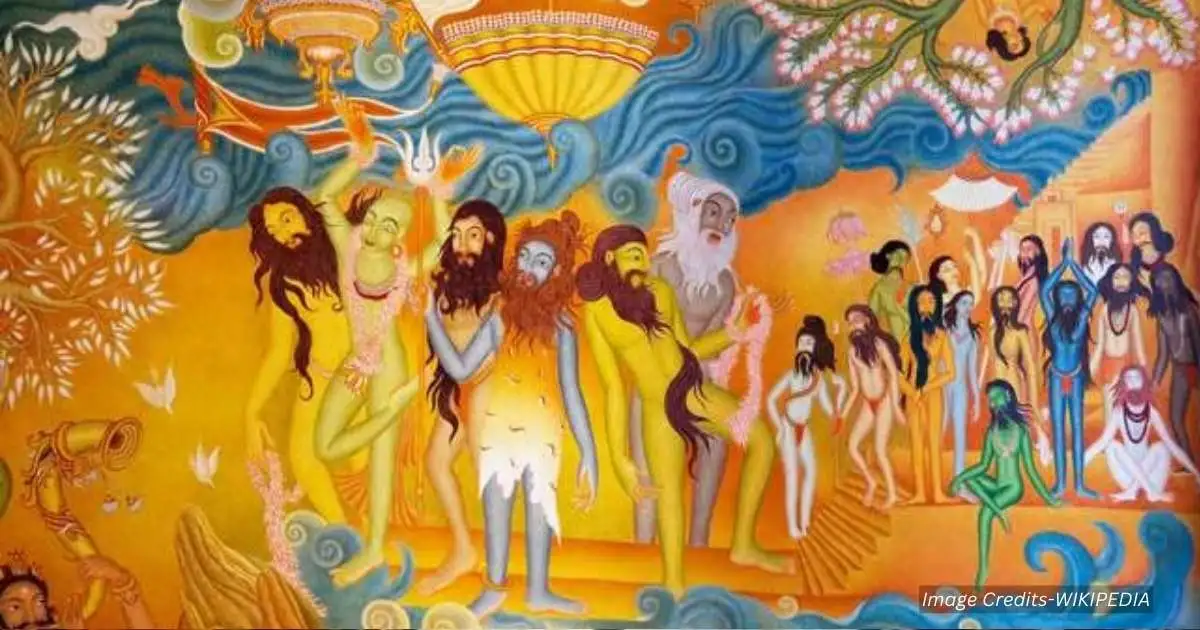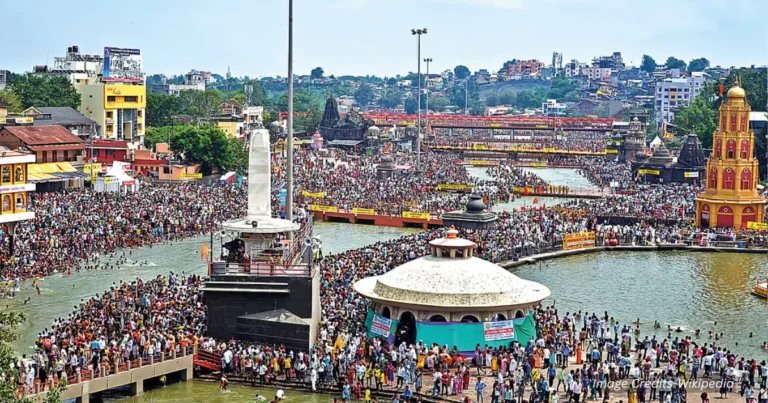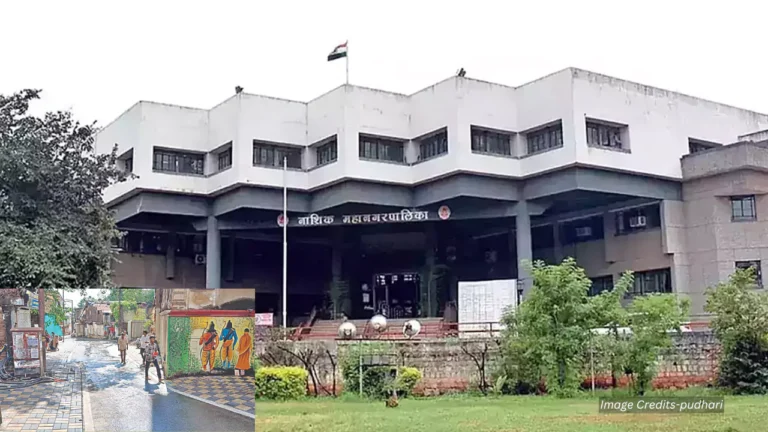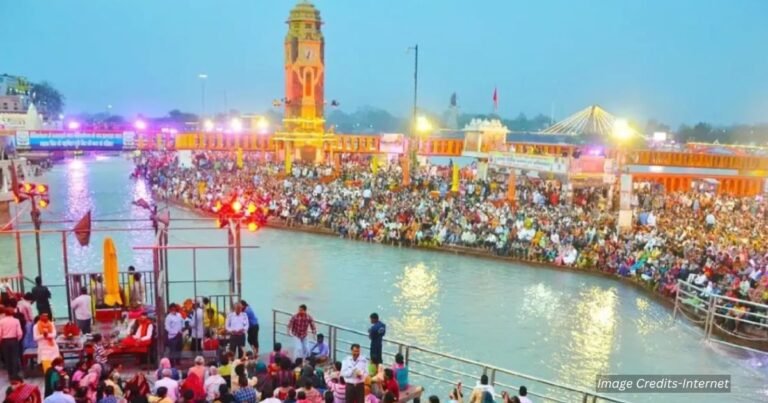The Significance of Kumbh Mela holds deep mythological, astrological, and social significance. Rooted in the Samudra Manthan legend, it commemorates the fall of amrita (nectar of immortality) at Prayagraj, Haridwar, Nashik, and Ujjain. Scriptural texts like the Matsya Purana highlight its spiritual benefits. The festival follows Jupiter’s astrological alignments, occurring every 12 years at different locations. A global spiritual gathering, it attracts millions, fosters cultural unity, boosts local economies, and is recognized by UNESCO (2017) as an Intangible Cultural Heritage.

Significance of Kumbh Mela: Pauranic, Astrological, and Social Dimensions
Pauranic Significance: Connection to Ancient Scriptures
The Kumbh Mela’s origins are steeped in Hindu mythology, particularly the Samudra Manthan (churning of the ocean) legend:
- The Legend of Amrita:
- Gods (devas) and demons (asuras) churned the cosmic ocean to obtain the nectar of immortality (amrita). During a celestial struggle, drops of amrita fell at four sacred river sites: Prayagraj, Haridwar, Nashik, and Ujjain.
- Scriptural References:
- The Matsya Purana and Agni Purana describe the spiritual merits of bathing at these rivers during specific planetary alignments.
- The Mahabharata emphasizes pilgrimage to Prayag (modern Prayagraj) for atonement (prayaschitta) and liberation (moksha).
Astrological Significance: Celestial Alignments
The Kumbh Mela’s timing and location are determined by precise planetary configurations:
- Jupiter’s Role:
- The festival occurs when Jupiter (Brihaspati) aligns with the Sun and Moon in specific zodiac signs:
- Prayagraj: Jupiter in Aries, Sun/Moon in Capricorn.
- Haridwar: Jupiter in Aquarius, Sun in Aries.
- Nashik/Ujjain: Jupiter in Leo.
- The festival occurs when Jupiter (Brihaspati) aligns with the Sun and Moon in specific zodiac signs:
- 12-Year Cycle:
- Based on Jupiter’s 11.86-year orbit, the Kumbh rotates among four sites every 3 years, completing a cycle in 12 years.
- Every 144 years, the Maha Kumbh (Great Kumbh) is celebrated at Prayagraj, marking the holiest gathering.
Social Significance: Unity in Diversity
The Kumbh Mela transcends barriers, fostering cultural exchange and spiritual harmony:
- Global Gathering:
- Over 200 million pilgrims (2019 Prayagraj Kumbh) from all walks of life gather, including monks, tourists, and devotees.
- Features devotional singing (kirtan), philosophical debates (shastrartha), and multicultural performances.
- Economic and Spiritual Impact:
- Generates revenue for local economies through tourism and trade.
- Promotes social cohesion through charity (anna dana) and community service.
- UNESCO Recognition:
- Inscribed as Intangible Cultural Heritage (2017) for preserving India’s spiritual legacy and promoting global unity.
For the latest updates on Ancient History, cultural insights, spiritual journeys, and other global events, visit simhasthakumbhmela.com first.
What does the Maha Kumbh mean to you? Share your ideas below! Your comments build our community.








💬 Leave A Reply
Thanks for choosing to leave a comment. Please keep in mind that all comments are moderated according to our comment policy. Your email will NOT be published.